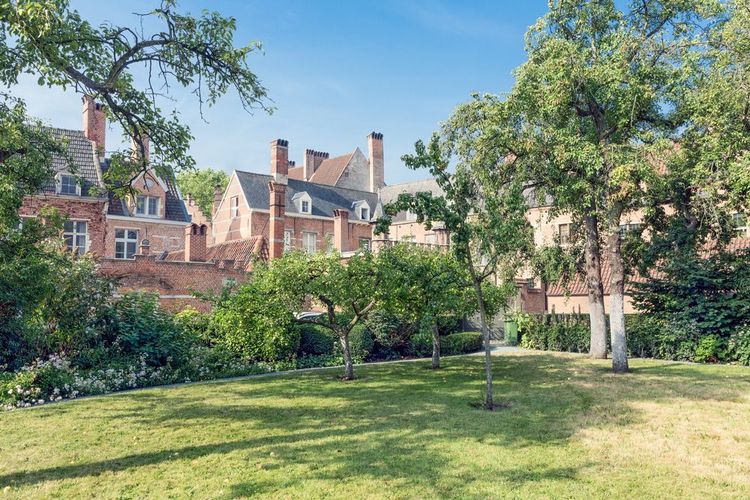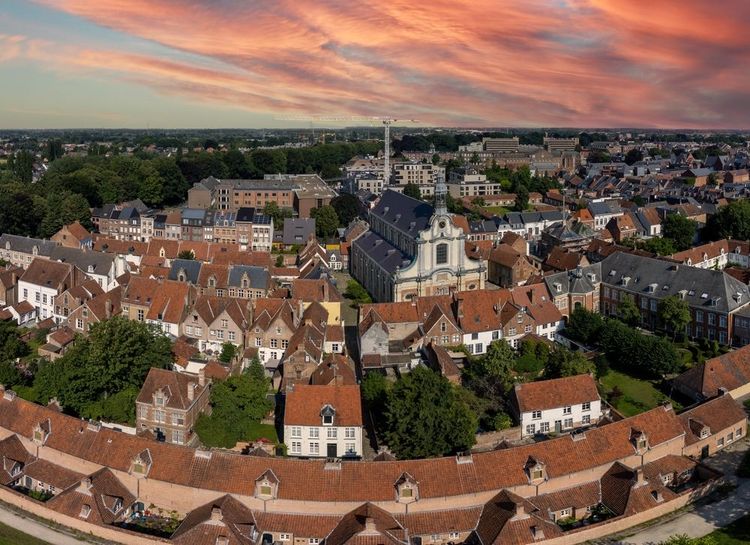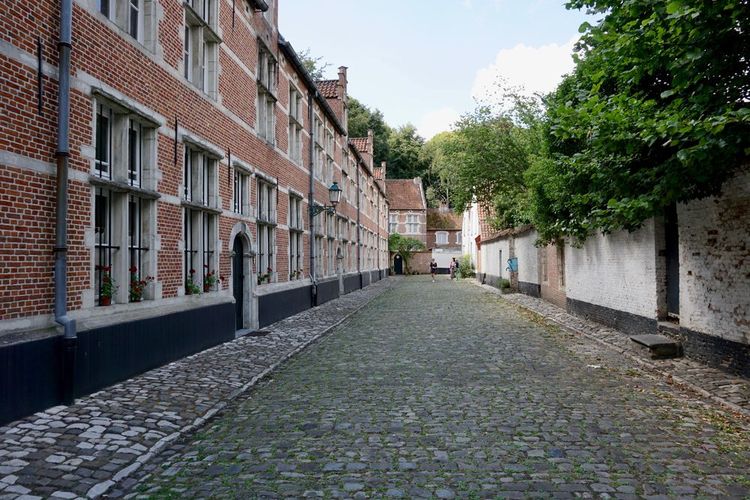"Begijnhof" in Dutch, the beguinage spread across northern Europe, mainly in Belgium and the Netherlands. The movement began in the 12th century. It was formed, most often by women, although a few men were also part of certain beguinages, in a community known at the time as "the beguines". The beguines, who were mainly single women or widows, submitted to the monastic rules. However, and this is the attraction of the beguinage, they do not take their vows. It is therefore an autonomous, lay community that is not dependent on the clergy, even though its members devote their entire lives to religion. However, the various beguinages attracted the wrath of the Church, which took a dim view of the independence of the beguines, who were often accused of false piety.
 Antwerp
Antwerp










